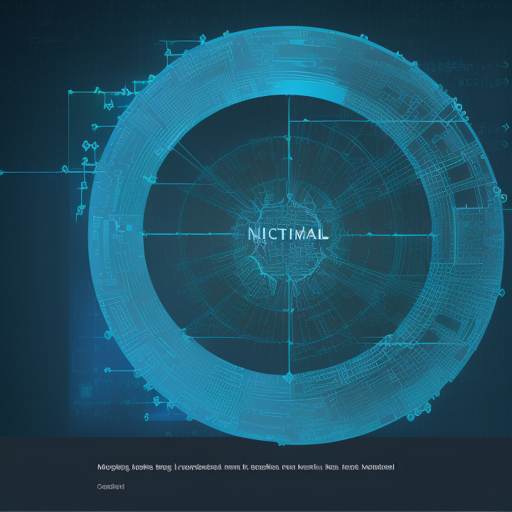In the world of Natural Language Processing (NLP), creating a model tailored to your needs can significantly enhance the performance and relevance of your applications. This guide walks you through the steps involved in training a model based on nicoladecaomsmarco-word2vec256000-distilbert-base-uncased, which incorporates a 256k vocabulary initialized with Word2Vec. You’ll also learn how it was trained using the MS MARCO corpus with the Masked Language Model (MLM) technique.
Prerequisites
- Python installed on your machine.
- Access to a cluster with 2x V100 GPUs.
- Basic understanding of Python scripting and NLP concepts.
- Libraries: PyTorch, transformers, and any necessary dependencies.
Understanding the Components
Before we dive into the training process, let’s break down the model you’re going to work with. Think of this model like a chef’s recipe that combines different flavor ingredients to create a delicious dish. Here’s how the flavors come together:
- Word2Vec: Imagine this as your spice jar, containing essences and semantics of words. By having a large vocabulary of 256,000 words, it helps the model understand word relationships and meanings.
- DistilBERT: This serves as the main course in our meal, ensuring a buttery smooth understanding of text by compressing BERT’s capabilities into a lighter, faster model.
- MS MARCO Corpus: Think of this as the vast pantry of ingredients. It’s a massive dataset essential for our training, providing rich content for our model to learn from.
Training Process
To train your custom model, follow these steps:
- Clone the train_mlm.py script from the repository.
- Set up your training environment. Make sure the GPUs are accessible.
- Run the training script with the necessary configurations to specify the use of your model.
- Make sure to update the token embeddings as indicated. This step is crucial for the success of the model.
Sample Command to Run the Training
python train_mlm.py --model_name_or_path nicoladecaomsmarco-word2vec256000-distilbert-base-uncased --output_dir output/ --num_train_epochs 3 --per_device_train_batch_size 16Troubleshooting Common Issues
Even the best chefs encounter challenges. Here are some troubleshooting tips if you run into issues during training:
- Ensure that the library dependencies and environment variables are correctly set. If you get an import error, verify if all necessary libraries are installed.
- If you experience memory issues, consider reducing the per_device_train_batch_size.
- Monitor the GPU utilization to ensure your GPUs are being effectively used. Tools like nvidia-smi can help you to diagnose performance issues.
- Check the logs carefully. Look for error messages that can guide you in pinpointing the issue.
For more insights, updates, or to collaborate on AI development projects, stay connected with fxis.ai.
Conclusion
By following these processes, you’ll be able to train a custom NLP model tailored to your applications. Remember, practice makes perfect, so feel free to experiment with different configurations and datasets.
At fxis.ai, we believe that such advancements are crucial for the future of AI, as they enable more comprehensive and effective solutions. Our team is continually exploring new methodologies to push the envelope in artificial intelligence, ensuring that our clients benefit from the latest technological innovations.

